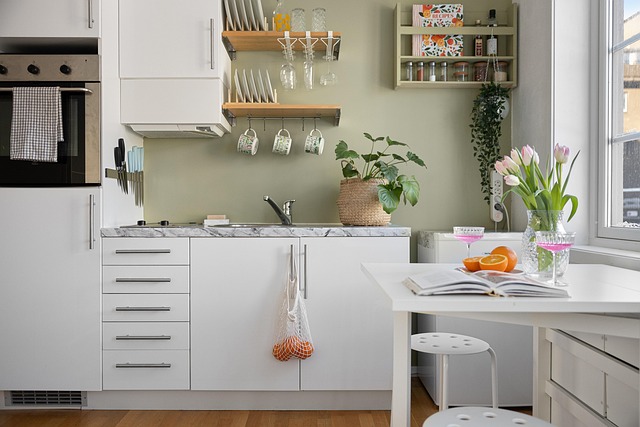DIY apartment alarm systems offer renters a cost-effective and convenient way to enhance temporary residence security. Wireless components like motion detectors, door/window sensors, and control panels enable easy self-installation and flexible placement. Strategically placed motion detectors provide peace of mind while away or sleeping, with customizable settings to minimize false alarms. This guide details the installation and configuration of portable DIY alarm systems suitable for apartments, emphasizing accessibility through wireless technology and user-friendly apps. Integrating motion detectors is a key strategy for comprehensive protection without complex setups.
“Enhance your temporary residence’s security with a DIY alarm system—a practical and cost-effective solution for renters. Discover the world of portable DIY security systems, perfect for those seeking renter-friendly options without professional installation.
Learn about wireless DIY security systems, including understanding basic components, choosing the right setup for your space, and installing it yourself. Explore customization tips, and discover how motion detectors can boost your home’s defenses.
Get started with our comprehensive guide to do-it-yourself apartment alarm systems.”
- Understanding Your Options: DIY Alarm System Basics
- Choosing the Right Components for a Portable Setup
- Installation and Configuration: A Step-by-Step Guide
- Enhancing Security with Motion Detectors and Customization Tips
Understanding Your Options: DIY Alarm System Basics
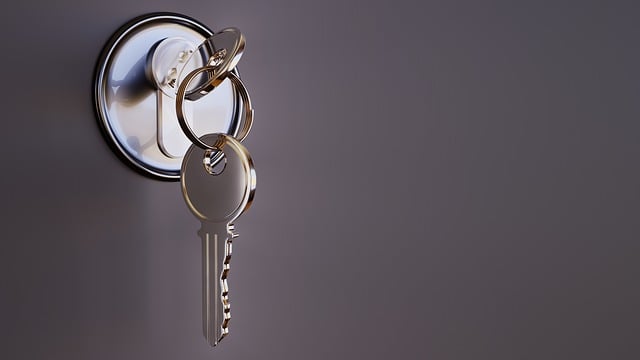
When considering DIY apartment alarm systems, understanding the basics and available options is key. Renter-friendly DIY alarms offer a convenient and cost-effective solution for enhancing your temporary residence’s security. These self-install apartment alarm systems typically include wireless components such as motion detectors, door/window sensors, and a central control panel. This approach allows you to create a portable DIY alarm system that can be easily moved if needed.
Wireless DIY security systems are particularly appealing due to their flexibility and simplicity. Motion detectors for DIY setups enable you to set up alerts for any unauthorized entry or movement within your space. By strategically placing sensors, you can customize the sensitivity to fit your needs, ensuring peace of mind while you’re away or sleeping.
Choosing the Right Components for a Portable Setup
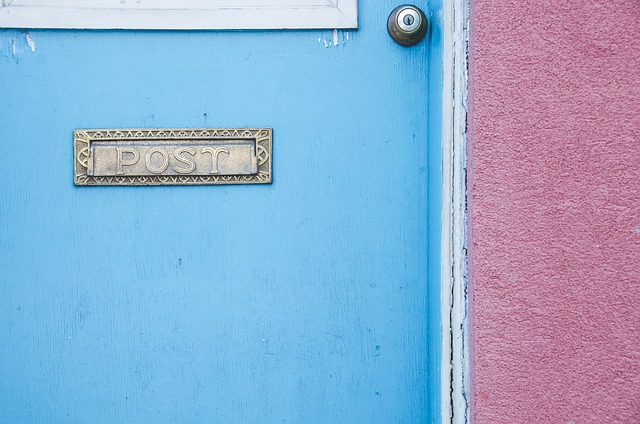
When crafting a portable DIY alarm system for temporary residences, like apartments, selecting the appropriate components is key to ensuring both effectiveness and convenience. The heart of your setup will typically include wireless sensors, such as motion detectors, door/window contact sensors, and glass-break sensors, which communicate with a central control panel via radio frequency signals. For instance, do-it-yourself security for apartments often involves installing motion detectors strategically placed to cover all entry points, triggered by any movement within the range.
Renter-friendly DIY alarms typically offer easy self-installation, making them ideal for those who want to quickly enhance their temporary living space’s security without professional help. Wireless DIY security systems are particularly appealing due to their flexibility and convenience—no messy wiring required. Components can be moved around as needed, catering to various rental scenarios. This adaptability is a far cry from traditional, labyrinthine security setups, allowing you to create a personalized, portable solution that fits your dynamic lifestyle.
Installation and Configuration: A Step-by-Step Guide
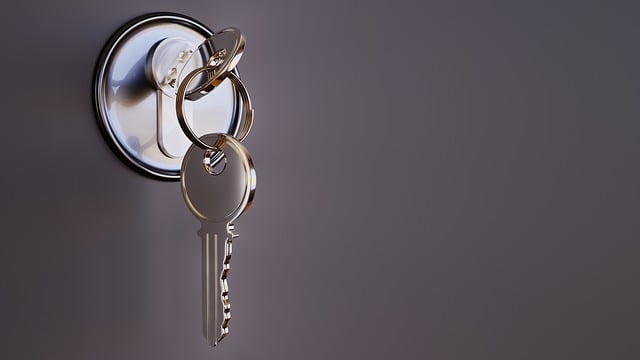
Installation and Configuration: A Step-by-Step Guide
For those seeking a secure solution in temporary residences, portable DIY alarm systems offer an ideal and renter-friendly option. The setup process is straightforward, typically involving several key steps. First, gather your materials, which usually include sensors, control panels, and monitoring devices. These wireless DIY security systems are designed for self-installation, making them accessible to users without specialized knowledge or skills.
Begin by strategically placing motion detectors at entry points, windows, and common areas. Ensure each sensor is firmly attached and connected to the central control panel. Configure the system according to your preferences, setting zones and customizing alerts. Many modern DIY apartment alarm systems offer user-friendly apps for remote monitoring and control. With these steps completed, you’ll have a robust security setup ready to protect your temporary space.
Enhancing Security with Motion Detectors and Customization Tips
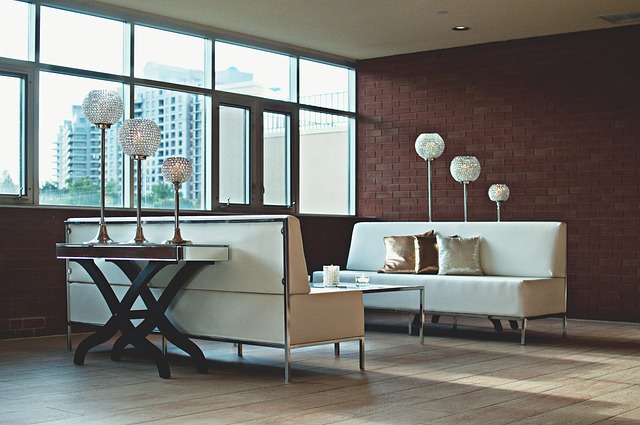
Enhancing Security with Motion Detectors and Customization Tips
One of the most effective ways to boost security in temporary residences using portable DIY alarm systems is by integrating motion detectors. These sensors are crucial for detecting any unauthorized entry, triggering alarms that can deter potential intruders and alert residents. Wireless DIY security systems often come equipped with motion detectors, making them ideal for apartments or other renter-friendly spaces where quick installation and flexibility are paramount.
When setting up a DIY apartment alarm system, customization is key to meeting individual needs. Residents can strategically place motion detectors in entryways, hallways, or rooms of high value to create a comprehensive security network. Additionally, many self-install apartment alarm systems allow for personalized settings, such as adjusting sensitivity levels and defining specific zones, ensuring maximum coverage without unnecessary false alarms.
For those seeking enhanced security in temporary residences, a portable DIY alarm system offers a practical and cost-effective solution. By understanding the basic components, following a step-by-step installation guide, and incorporating features like motion detectors, renters can easily create a robust security network tailored to their needs. With these DIY apartment alarm systems, you gain peace of mind while ensuring a safer living environment without breaking the bank.
